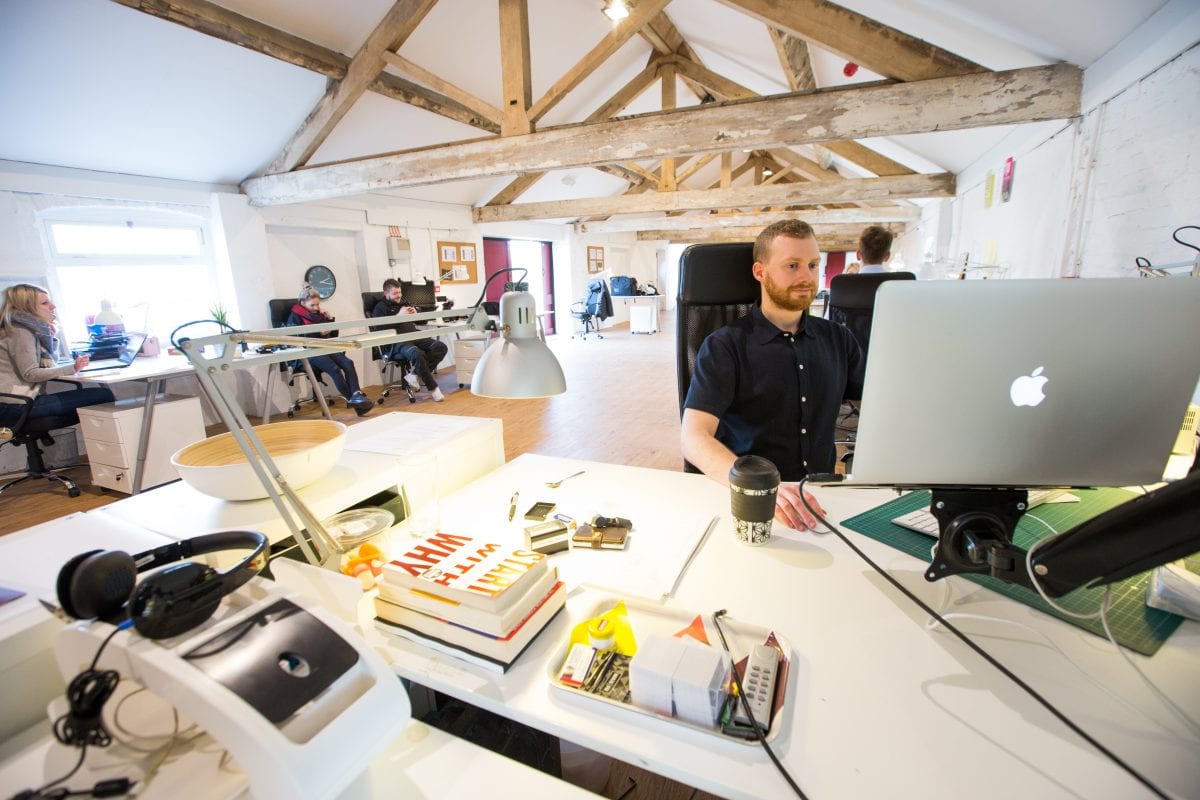
By Shahar Alster
Chief Executive Officer & Co-Founder
SpaceIQ
For a business to run effectively, every cog needs to provide support. But the larger and more complex your workplace becomes, the more cogs there are to manage. It’s the role of a facility manager to keep track of them all. The benefits of facilities management are easy to see throughout the business—from the balance sheet to the company culture.
Overseeing workplaces gives facility managers plenty of insight into opportunities and inefficiencies. Take a look at the biggest benefits of good facilities management and how they help a workplace run at maximum efficiency.
1. Asset tracking and management
Tracking assets and budgets through spreadsheets is about as convoluted as it gets.
Take something like determining the cost per year of a copy machine. Here’s a snapshot of how you might’ve figured this out before modern Integrated Workplace Management Systems (IWMS) or Enterprise Asset Management (EAM) platforms:
- Look up annual maintenance logs
- Compare maintenance logs to invoices
- Review purchase orders for copier supplies
In this example, there’s three different spreadsheets or document archives to search through—all to ballpark the annual operating cost of a single asset.
Today, there’s a better way. Using an IWMS (read more on what is IWMS) or EAM platform, top-down asset management is efficient and easy. Repairs, maintenance, supplies, and other costs are coded to a specific cost center. The system provides instant insight no matter what’s being measured.
2. Space optimization
Your lease may be 4,200ft2, but how much of that are you actually using? One of the biggest benefits of facility management software is knowing what you’re actually getting for your money and how to make the most of it.
Let’s say you’re only using 3,200ft2. That’s 1,000ft2 going to waste. Facility managers can look at data to figure out A) why that space isn’t being used; and B) what it might be purposed for. FM data outlines the best way to recoup your cost per square foot and capitalize on it to improve revenue.
There’s also the opposite situation to consider. If you’re using 4,000ft2 and the walls are closing in, should you upgrade to a larger space or repurpose your current floor plan? Again, facilities management data will show the way. Adopting a new floor plan or flexible desking solution may save you thousands each month, while giving you the extra capacity you need—all without upgrading your total square footage.
The physical workplace is your largest single overhead cost. Maximizing value is the difference between your facilities being a cost center and a competitive advantage.
3. System of record
Your facilities’ needs evolve over time, making a system of record crucial in understanding and meeting these demands. Tracking historical costs, trends, and changes over time is one of the key benefits of facility management systems. Take a look at a few of the hundreds of data points a facility manager needs to track:
- Space occupancy growth over time
- Employee locations or assigned workstations
- Asset costs and life cycles
- Utility costs
- Building repair and capital improvement costs
This small portion of data represents the ebb and flow of a workplace’s needs, as well as those of the people within it. Understanding change over time helps with everything from budget planning, productivity analysis, and real estate forecasting. Well-managed data is at the center of accurately predicting effective facilities management.
4. Cost analysis
Cost governs everything in the workplace. Knowing how much something costs or what recurring costs your company faces is important, but these amounts are far from the total cost of operating a business.Facilities management analysis provides keen insight into the real costs of keeping your workplace running.
For example, knowing how much space you’re effectively using versus the cost of your lease will show the real cost per square foot. From there, you can determine other outlays, like the cost per hot desk as opposed to utilization. Insights abound when you start looking at specific costs versus their contribution to the business.
Understanding and analyzing various workplace costs drives effective business planning. You’ll know how much you spend annually on utilities. You’ll be able to plan for expansion costs when the time comes to get a bigger office. And, you’ll know how to properly budget something like IT service for the year.
5. Integration
Your workplace is getting smarter. The benefits of integrated facilities management support a growing office Internet of Things (IoT). Investing in and managing connected devices is a recipe for even better facilities management and decision-making.
Office IoT is a rapidly growing segment of facilities management. In many ways, it’s also making facilities managers’ jobs easier. Take something like an occupancy sensor. Installing one in every conference room can immediately signal if the room is occupied. Sensors provide insights without manual intervention. This is the case for most integrated, automated technologies…but only if they’re properly integrated and well-managed. Facility managers play an essential role in making the most of the IoT.
Culminating in a better workplace
Each of these benefits contributes to a workplace that’s well-run, efficient, and productive. Through proactive facilities management, business executives know more about the most important part of the company: the workplace. And with that insight comes the ability to make better decisions about how to improve it.
Keep reading: why you need facility management metrics.




